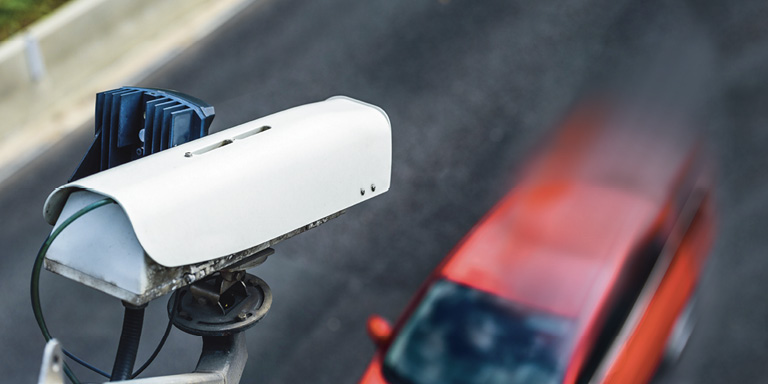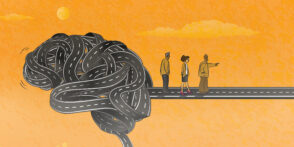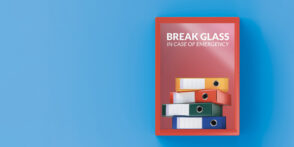Out of Sight
AAMVA’s License Plate Verification Program allows Jurisdictions to send in up to four free plates each year to test for readability
License plates serve as a quick identifier of a vehicle and how it’s registered. Not only are license plates critical to law enforcement, but also to tolling authorities and even drivers on the road—but only if they’re readable.
In March 2014, the International Association of Chiefs of Police, with funding from the National Institute of Justice, launched a license plate readability study, which discovered that only about 75% of license plates were actually readable to an automated license plate reader (LPR).
“That is a shockingly low percentage,” says Brian Ursino, AAMVA’s director of law enforcement.
So why are a quarter of license plates unreadable to LPRs?
It’s not about debris or obstructed views, Ursino says, it’s because so many different organizations design license plates that do not conform with AAMVA standards, which recommend specific fonts, font spacing, the use of graphics, stacked characters and more.
This study is what drove the law enforcement standing committee, in partnership with the vehicle standing committee, to propose a License Plate Verification Program (LPVP), launched in 2020, to help jurisdictions ensure plate designs are readable. The LPVP provides jurisdictions, at no cost, the opportunity to submit up to four license plates during each AAMVA fiscal year for comparison to the 2020 AAMVA License Plate Standard. With the help of Element Materials, Inc., an independent third-party laboratory, AAMVA will produce a written report within 30 days outlining where the submitted license plate does, and does not, align with the standard as well as LPR and reflectivity readability if that additional testing option is selected.
So far, 14 jurisdictions have participated (12 states and two Canadian jurisdictions). The cost per plate (over the initial four free ones) is $350, but that decreases to $300 per plate if more than 10 plates are submitted together.
One jurisdiction that has submitted more than the original four plates is Arizona. In fact, of the six plates that Arizona’s Motor Vehicle Division Director, Eric Jorgensen, recently sent in for review, four of them came back with readability issues.
“Each year, we get about 10 to 12 new plate designs from special interest groups,” Jorgensen says. “We want to support these groups and provide value to the community, but we have to balance the marketability of the plate with the readability.”
Groups in Arizona that have submitted license plate designs include cancer research and police organizations, as well as famed rocker Alice Cooper, an Arizona resident who runs a music education charity.
Nebraska is another early participant of the program. According to Betty Johnson, administrator of Nebraska’s vehicle services division, the LPVP is an invaluable service.
“We don’t have much electronic tolling here in Nebraska, so our focus is on the law enforcement angle,” she says. “If a violent crime has been committed, or a child goes missing, it’s vital that plates are readable.”
Of the four plates Johnson first submitted, all four came back with readability issues. She plans to send in four each year, but depending on how many groups submit plates, that number could go higher, she says.
The goal of the program is a lofty one: to ensure that all license plates are readable and comply with AAMVA design standards.
“Just like the nation’s goal to get to zero traffic deaths, we know this one will take time to get there, but it’s a goal, nonetheless,” Ursino says.
To learn more about AAMVA’s license plate standards for design, go to tinyurl.com/a2kdyxfj.




